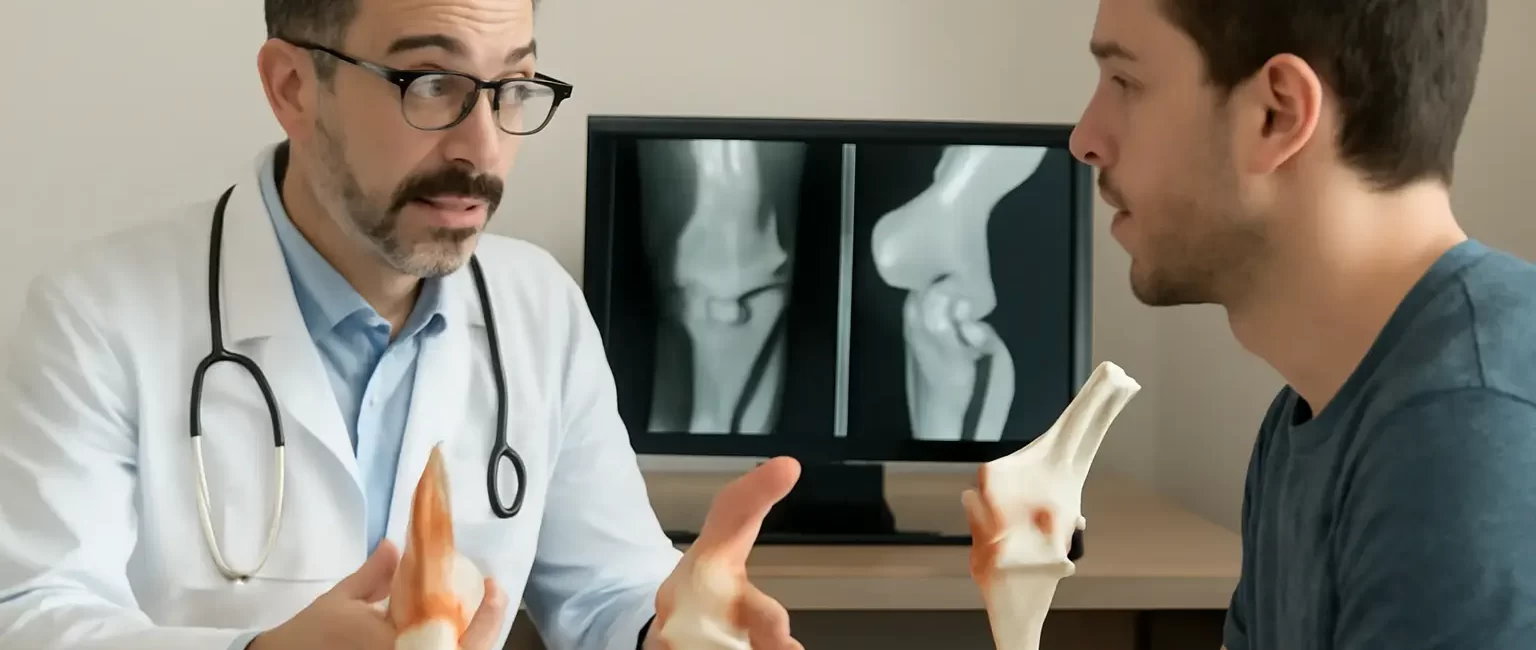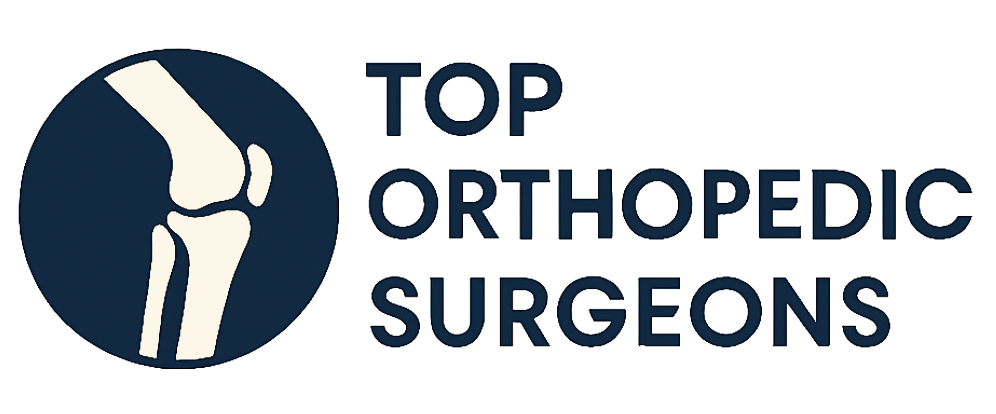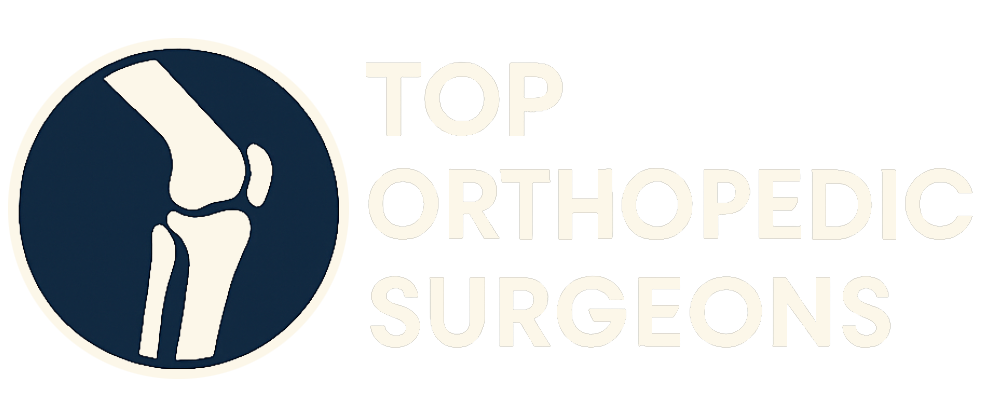
Choosing the right orthopedic treatment can feel overwhelming. With a multitude of options available, understanding the basics can empower you to participate actively in your care and make informed decisions alongside your orthopedic specialist. This guide aims to provide a clear overview of common orthopedic treatments, helping you navigate your journey to improved musculoskeletal health.
Understanding Orthopedic Treatment Approaches
Orthopedic care encompasses a broad range of treatments designed to address injuries and conditions affecting the bones, joints, ligaments, tendons, and muscles. These treatments generally fall into two main categories: non-surgical and surgical. Often, a combination of both approaches is used to achieve the best possible outcome.
Non-Surgical Orthopedic Treatments
Many orthopedic conditions can be effectively managed without surgery. These non-invasive approaches focus on relieving pain, restoring function, and preventing further damage. Here are some common non-surgical options:
Physical Therapy
Physical therapy plays a crucial role in orthopedic care. A physical therapist will assess your condition and develop a personalized exercise program to improve strength, flexibility, range of motion, and balance. Physical therapy can be used to treat a wide variety of conditions, including:
- Sprains and strains: Strengthening the surrounding muscles can provide stability and support.
- Arthritis: Targeted exercises can help maintain joint mobility and reduce pain.
- Back pain: Core strengthening and posture correction can alleviate pain and prevent recurrence.
- Post-operative rehabilitation: Physical therapy is essential for regaining strength and function after surgery.
Medications
Medications can be used to manage pain and inflammation associated with orthopedic conditions. Common options include:
- Over-the-counter pain relievers: Medications like acetaminophen (Tylenol) and ibuprofen (Advil, Motrin) can provide relief from mild to moderate pain.
- Prescription pain relievers: For more severe pain, your doctor may prescribe stronger pain medications, such as opioids. These medications should be used with caution due to the risk of side effects and dependence.
- Nonsteroidal anti-inflammatory drugs (NSAIDs): NSAIDs, such as naproxen (Aleve) and celecoxib (Celebrex), reduce pain and inflammation.
- Corticosteroids: Corticosteroids can be injected into a joint or taken orally to reduce inflammation and pain.
Injections
Injections can provide targeted pain relief and reduce inflammation. Common types of injections include:
- Corticosteroid injections: These injections deliver corticosteroids directly into the affected joint or tissue, providing temporary pain relief.
- Hyaluronic acid injections: Hyaluronic acid is a naturally occurring substance in joint fluid that helps lubricate and cushion the joint. These injections can provide relief from osteoarthritis pain.
- Platelet-rich plasma (PRP) injections: PRP injections use the patient’s own blood platelets to stimulate healing and reduce inflammation.
Orthotics and Assistive Devices
Orthotics and assistive devices can provide support, stability, and pain relief. These may include:
- Braces: Braces can be used to stabilize injured joints, such as the knee or ankle.
- Splints: Splints can be used to immobilize a fractured bone or injured tendon.
- Shoe inserts: Custom or over-the-counter shoe inserts can provide arch support and improve foot alignment.
- Canes and walkers: These devices can provide support and stability for individuals with mobility issues.
Surgical Orthopedic Treatments
When non-surgical treatments are not effective, surgery may be necessary to address the underlying orthopedic condition. Here are some common surgical procedures:
Arthroscopy
Arthroscopy is a minimally invasive surgical technique that uses a small camera and instruments to visualize and repair damage inside a joint. It is commonly used to treat conditions such as:
- Meniscal tears: Arthroscopy can be used to repair or remove torn cartilage in the knee.
- Ligament injuries: Arthroscopy can be used to reconstruct torn ligaments, such as the anterior cruciate ligament (ACL).
- Cartilage damage: Arthroscopy can be used to repair or remove damaged cartilage in the joint.
- Shoulder impingement: Arthroscopy can be used to relieve pressure on the tendons in the shoulder.
Joint Replacement
Joint replacement surgery involves replacing a damaged joint with an artificial joint, called a prosthesis. This procedure is commonly performed on the hip, knee, and shoulder to relieve pain and improve function in cases of severe arthritis or injury.
Fracture Repair
Fracture repair surgery is used to stabilize broken bones and promote healing. The type of surgery will depend on the location and severity of the fracture. Common techniques include:
- Open reduction and internal fixation (ORIF): This involves making an incision to access the fracture and using plates, screws, or rods to hold the bone fragments in place.
- Closed reduction and casting: This involves manipulating the bone fragments into alignment without making an incision and then applying a cast to immobilize the fracture.
Soft Tissue Repair
Soft tissue repair surgery is used to repair damaged ligaments, tendons, and muscles. Common procedures include:
- Ligament reconstruction: This involves replacing a torn ligament with a graft of tissue, often taken from another part of the body.
- Tendon repair: This involves reattaching a torn tendon to the bone.
- Muscle repair: This involves repairing a torn muscle.
Spinal Fusion
Spinal fusion is a surgical procedure that joins two or more vertebrae together to stabilize the spine and reduce pain. It is commonly used to treat conditions such as:
- Spinal stenosis: A narrowing of the spinal canal that can put pressure on the spinal cord and nerves.
- Spondylolisthesis: A condition in which one vertebra slips forward over another.
- Degenerative disc disease: A breakdown of the intervertebral discs that can cause pain and instability.
Factors Influencing Treatment Decisions
The best orthopedic treatment for you will depend on a variety of factors, including:
- The specific condition: Different conditions require different treatment approaches.
- The severity of the condition: Mild conditions may respond to non-surgical treatments, while more severe conditions may require surgery.
- Your age and overall health: Your age and overall health can affect your ability to tolerate certain treatments.
- Your activity level: Your activity level can influence the type of treatment that is recommended.
- Your preferences: Ultimately, the decision about which treatment to pursue is a collaborative one between you and your orthopedic specialist.
Preparing for Your Orthopedic Appointment
To make the most of your orthopedic appointment, it is helpful to prepare in advance. Consider the following:
- Gather your medical history: Bring a list of your medications, allergies, and past medical conditions.
- Describe your symptoms: Be prepared to describe your symptoms in detail, including when they started, what makes them better or worse, and how they affect your daily life.
- Write down your questions: Prepare a list of questions you have for your doctor.
- Bring a support person: If possible, bring a friend or family member with you to the appointment to take notes and provide support.
Post-Treatment Care and Rehabilitation
Regardless of whether you undergo surgical or non-surgical orthopedic treatment, post-treatment care and rehabilitation are essential for achieving the best possible outcome. This may involve:
- Following your doctor’s instructions: Adhere to all instructions regarding medication, wound care, and activity restrictions.
- Attending physical therapy: Participate actively in your physical therapy program to regain strength, flexibility, and function.
- Using assistive devices: Use assistive devices, such as braces or crutches, as directed by your doctor or physical therapist.
- Making lifestyle modifications: Make lifestyle changes, such as losing weight or quitting smoking, to improve your overall health and reduce your risk of future orthopedic problems.
Understanding the landscape of orthopedic treatment options empowers you to engage in informed conversations with your healthcare provider. Remember, each individual’s journey is unique, and the most effective plan is tailored to specific needs and goals. By taking an active role in your care, you can pave the way for a healthier, more mobile future.


